Video Laryngoscope Intubation: Advanced Airway Guide
Dec 23, 2023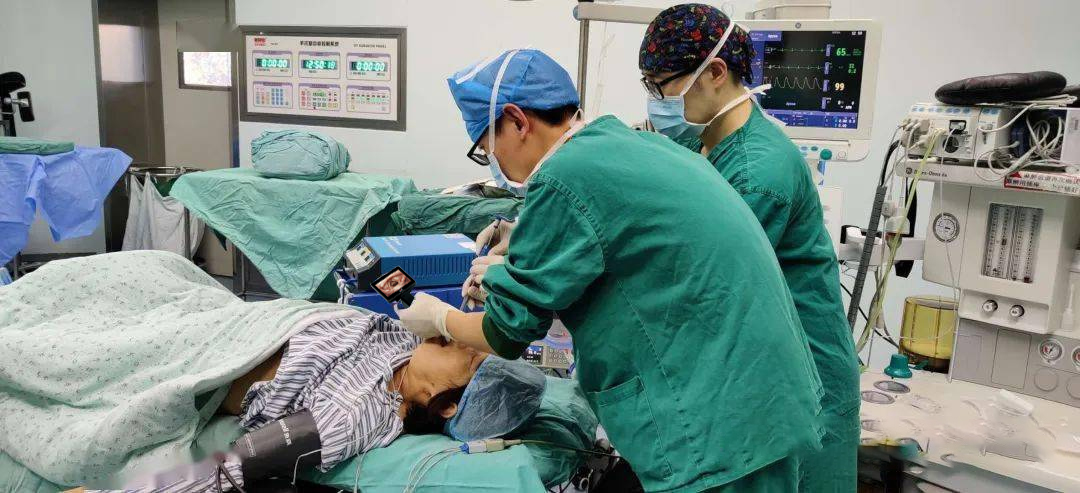
Video laryngoscope intubation is a critical technique typically used in advanced airway management. This process allows clinicians to visually assess the airway and surrounding areas during intubation procedures. Intubation with video laryngoscope is a safer alternative to traditional methods, reducing complications and improving procedural success rates.
Video laryngoscope for intubation is a vital tool used to provide a better view of the vocal cords and related structures. This advanced level of visualization allows for improved accuracy and minimizes the risk of incorrect placement of the endotracheal tube.
This article will provide an in-depth review of video laryngoscope intubation and its technique, highlighting its benefits in terms of patient safety and success rates for medical procedures.
The Technique of Video Laryngoscope Intubation
Video laryngoscope intubation technique involves the use of a specialized device that facilitates observation of the airway via an LCD screen, making the procedure more efficient and safe. Compared to traditional direct laryngoscopy, video laryngoscopy offers better visualization of the airway anatomy, reducing the risk of complications and intubation failure.
During the intubation process, the healthcare provider uses the video laryngoscope to guide the placement of an endotracheal tube. The intubation process is faster and more accurate, enabling quicker oxygenation and ventilation of the patient. Compared to direct laryngoscopy, the chance of glottic visualization failure and iatrogenic injury decreases when using the video laryngoscope technique.
Video laryngoscopy is particularly advantageous in patients with difficult airways, such as those with limited mouth opening, abnormal facial structures, or cervical spine instability. The improved view may allow medical staff to avoid unnecessary procedures that could injure the patient’s upper respiratory tract and thus reduce complications related to intubation. Additionally, The technique is believed to improve emergency intubation outcomes.
In conclusion, video laryngoscope intubation technique offers significantly advantages over direct laryngoscopy. It provides better visualization of the airway, reduces the risk of iatrogenic injury, and significantly enhances patient safety and recovery after the procedure.
Benefits of Video Laryngoscope Intubation
Video laryngoscope intubations offers several advantages compared to traditional direct laryngoscopy. One major benefit is its higher success rate, which is particularly significant in challenging cases with difficult airways. Studies have shown that the success rate of intubation with the video laryngoscope is significantly higher than that of direct laryngoscopy, particularly in patients with limited mouth opening and limited neck extension.
In addition to the improved success rate, the video laryngoscope enables better visualization of the airway and surrounding structures, which in turn helps to improve safety during intubation procedures. With better visualization, healthcare professionals can identify potential problems earlier and take appropriate measures to prevent complications.
The video laryngoscope intubations technique also offers benefits in terms of patient safety and comfort. By reducing the need for multiple attempts at intubation, the video laryngoscope decreases the risk of trauma to the airway and related complications. Moreover, the reduced movement of the head and neck during the procedure minimizes the chance of injury to the cervical spine.
Overall, the benefits of video laryngoscope intubations include improved success rates, better visualization, enhanced patient safety, and increased comfort for patients. As such, it is considered a staple in advanced airway management.
Training and Selecting the Best Video Laryngoscope
Healthcare professionals need to undergo specialized training to effectively perform video laryngoscope intubations. This training involves learning the proper technique and skills needed to successfully navigate the equipment and perform the procedure.
When choosing the best video laryngoscope for intubation, there are several factors to consider. One important factor is the quality of video output as this affects the physician’s ability to visualize the patient’s airway. Another factor to consider is the device’s ergonomic design and comfort for the physician. Additionally, selecting a device with a range of blade sizes and shapes will provide greater flexibility in handling unique patient situations.
It is recommended that healthcare facilities invest in high-quality video laryngoscope equipment and provide adequate training to ensure that healthcare professionals are equipped with the necessary skills to perform effective video laryngoscope intubations procedures.
Conclusion
In conclusion, video laryngoscope intubations is a valuable technique in advanced airway management. This method provides higher success rates and improved patient safety during intubation procedures. It is essential for healthcare professionals to receive proper training to effectively perform video laryngoscope intubations.
Choosing the best video laryngoscope equipment is crucial for optimal outcomes. Considering factors such as resolution, compatibility, and design can help healthcare professionals make informed decisions about the equipment they use.
Overall, the use of video laryngoscope intubationS is critical in improving procedural success rates and patient outcomes. This technique has revolutionized intubation and is a valuable addition to the medical field.
Categories
Latest Articles
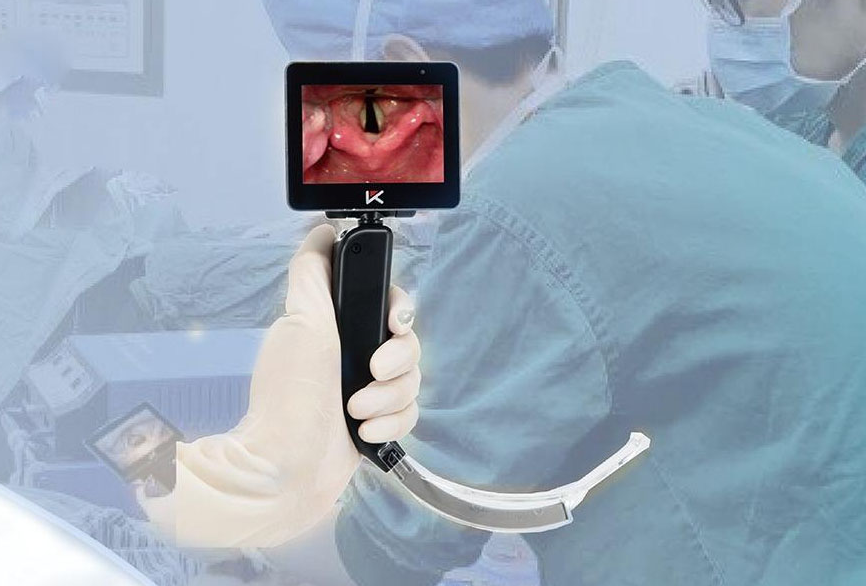
How Video Intubation Laryngoscopes Enhance Visualization of Epiglottis Function
When it comes to airway management, the epiglottis plays a crucial role in preventing aspiration and ensuring safe and effective intubation. But how can healthcare professionals get the clearest view of the epiglottis, especially in challenging airway conditions? The answer lies in advanced technology: Video Intubation Laryngoscopes. With superior visualization capabilities and innovative features, these ... Read more
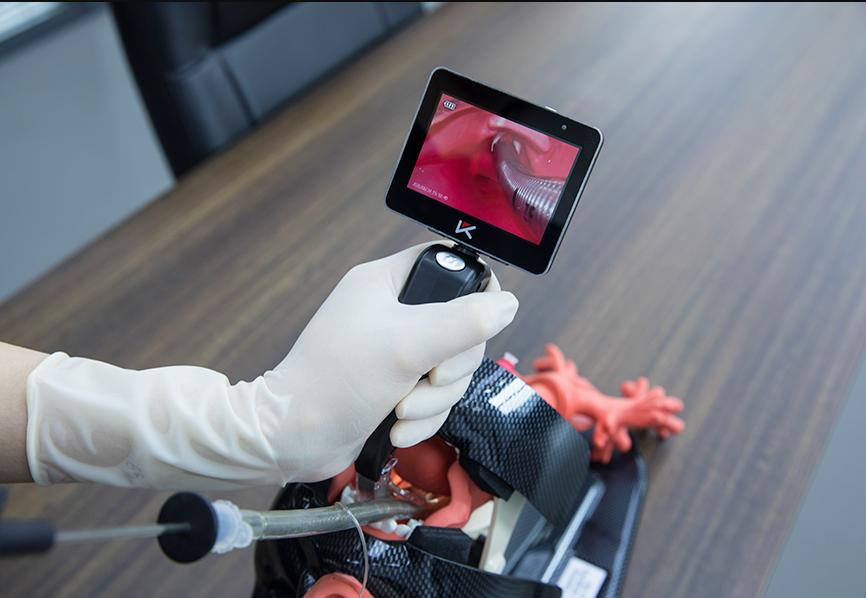
What Is Laryngoscope? Key Features, Benefits, and Types
Defining the Laryngoscope: What Is Laryngoscope and How It Functions Content 隐藏 1 Defining the Laryngoscope: What Is Laryngoscope and How It Functions 2 Understanding the Essential Role of Laryngoscopes in Airway Management 2.1 The Indispensability of Laryngoscopes in Clinical Practice 2.2 Key Features that Elevate Modern Laryngoscopes 3 Different Types of Laryngoscopes and Their ... Read more
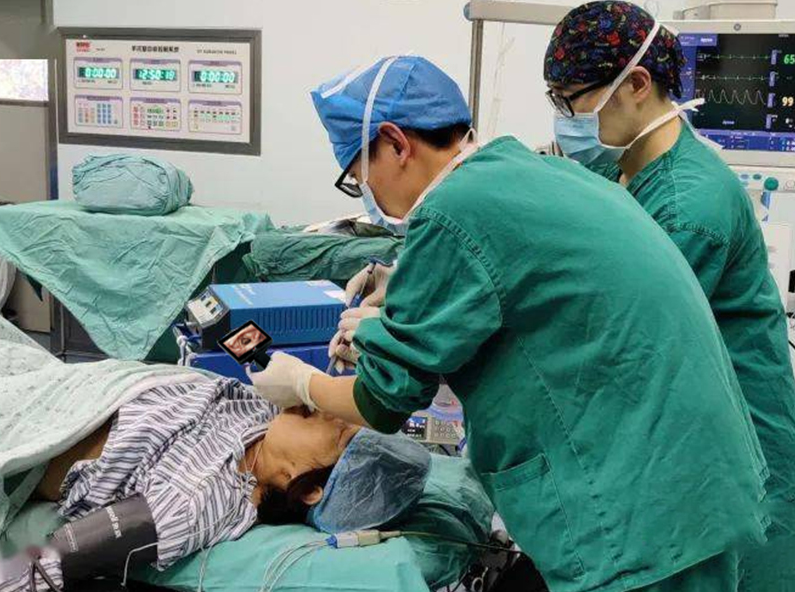
Types Of Laryngoscope: Key Differences and Types
In the realm of airway management, where each decision can significantly influence patient outcomes, choosing the most suitable Types Of Laryngoscope becomes a critical determinant. With an extensive variety of laryngoscopes available, the sheer number of options can feel overwhelming. Are you confident that your choice aligns with the specific requirements of your patient demographic? ... Read more
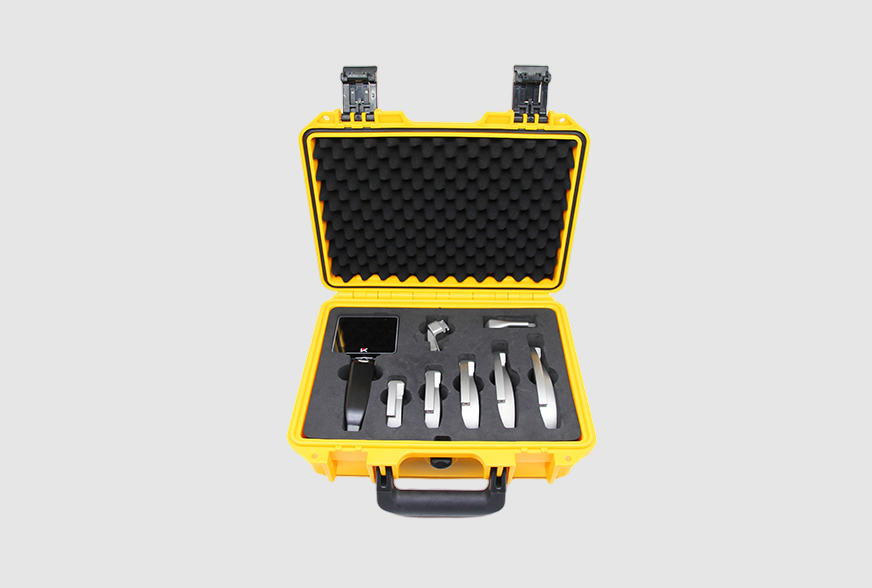
Simple Laryngoscope Definition: Here to Know
Medical instruments have consistently occupied a pivotal role in driving healthcare advancements, and the laryngoscope is a prime example of this phenomenon. Picture a scenario where a patient’s airway becomes obstructed, creating a critical situation where every second is invaluable. In such a high-pressure environment, how can a physician or emergency responder ensure a precise ... Read more
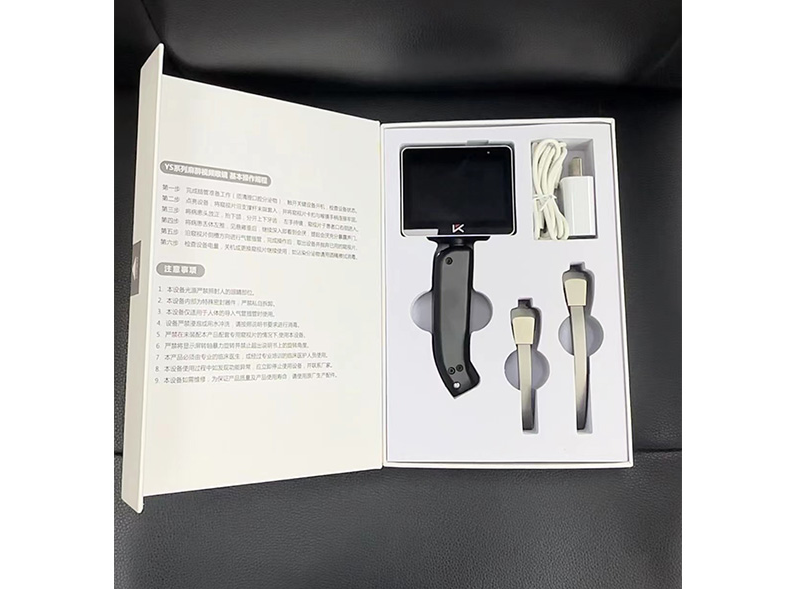
Laryngoscope Blade Sizes for Neonates: Ensuring Safety and Precision in Airway Management
Introduction: Why Size Matters in Neonatal Intubation Content 隐藏 1 Introduction: Why Size Matters in Neonatal Intubation 2 Understanding Laryngoscope Blade Sizes for Neonates: Types and Features 2.1 Different Blade Sizes and Their Applications 2.2 Key Features of Neonatal Laryngoscope Blades 2.3 Why Video Laryngoscopes Are Changing Neonatal Intubation 3 A Step-by-Step Guide to Selecting ... Read more



